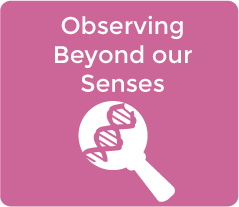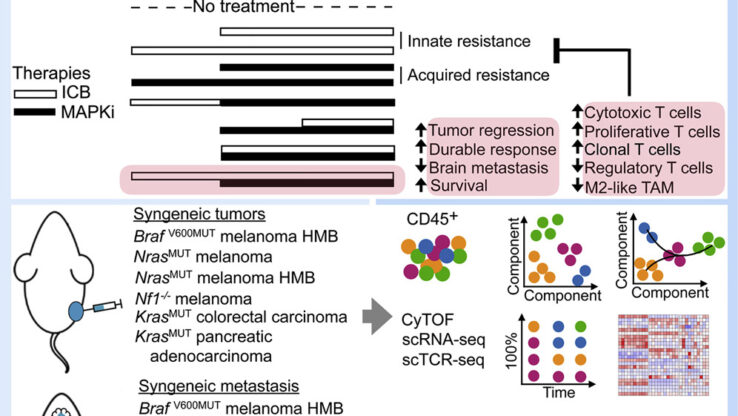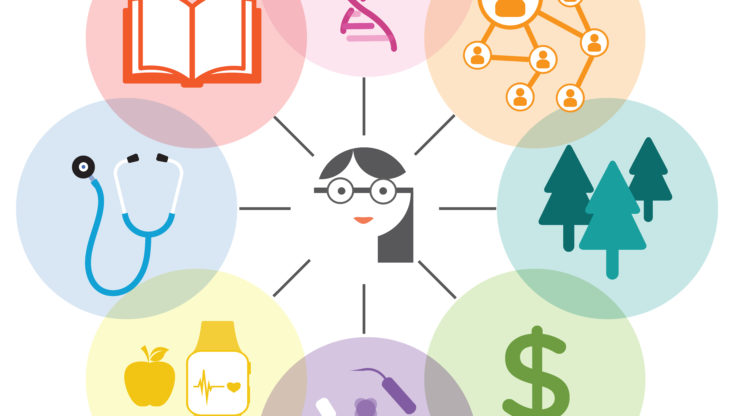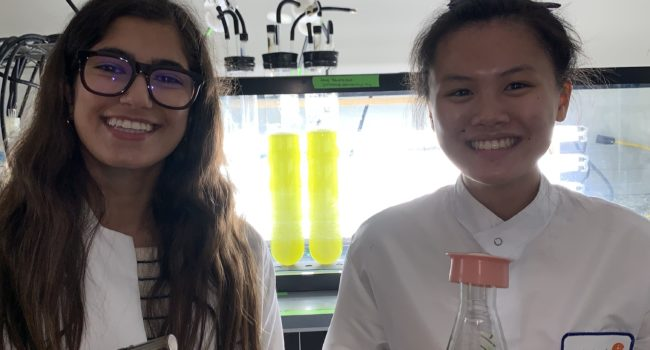Lesson 5 – Inferring Properties and Calibration
 see.isbscience.org/observing-beyond-our-senses/lesson-5-inferring-properties-and-calibration/
see.isbscience.org/observing-beyond-our-senses/lesson-5-inferring-properties-and-calibration/

Course: Integrated Science, Physics, Biotechnology and/or STEM courses
Unit: Measurement, Scientific Process, and Instrumentation Design
See Standards Addressed for all NGSS, WA State (Science, Math and Literacy), and NOAA Ocean Literacy Education Standards Connections. In addition to the aligned objectives linked above, for this lesson, here is a breakdown of:
- Light can be reflected, absorbed, transmitted, & scattered during interaction with materials.
- The type of material impacts the nature of the interaction.
- The color of light (wavelength) impacts the nature of the interaction.
-
Accuracy is the degree of closeness of a measured or calculated quantity to its actual value.
-
Proxy variables can be quantitatively related to inferred properties through calibration.
-
Measuring devices reference known standards.
-
Measuring devices with a predictable pattern can be calibrated.
-
Calibration curves can be used to determine unknown quantities.
-
An offset or a blank is commonly needed to interpret calibration data.
- Students explore properties of light by observing a light source shining through a milk solution.
- Students build a simple 'photometer'.
-
Generate standard (calibration) curves using their photoresistors to infer milk fat concentration.
-
Determine an unknown concentration from their calibration curves.
-
Describe their methodology to determine the unknown concentration.
This lesson serves as the conceptual underpinning for understanding how light behavior can be used to measure concentrations with a spectrophotometer. Students should frame their observations around “particles" of light interacting with material in three observable ways: that light can pass through, bounce off, or be taken in by materials. Light from an incandescent bulb shown through a Lucite box with increasing amounts of milk fat can be seen to cause transmission, scattering, and absorption respectively. The behavior of differing wavelengths of light can explain the red and blue shift observable on the long and short sides of the box at higher concentration-similar to sunsets reds or deep sea underwater blues. The introduction to the activity can be modified based on students previous experience with the nature of light. The 'engage' and 'explore' activities (below) assumed no previous background. Questions to pose to students: How does light behave? We see objects in our surroundings because of some interaction with light. What are the plausible interactions when light interacts? Push for several examples of each. Surfacing it may be scattered or absorbed … Push for several examples of each. Introduction of vocabulary: Reflection, Transmission, Scatter, Absorption A classwide discussion using the a glass or Lucite tank filled with water set up as a demo. An incandescent light source should be on one side, a paper “screen" on the other. Describe the impact of adding more “stuff" (milk") to the light reaching the other side. What factors determine the amount of light passing through the box? If we consider the light source as the 100% amount, the light passing through to the other end is the % transmitted. What happens to the rest of the light? What is some way that we might measure the light energy? Lead students through the explanatory powerpoint for Beers Law found here.The powerpoint on light and milkfat interaction (slide 2) introduces Beers Law (slides 3 & 7) and describes the two types of interactions causing notable decreases in transmitted light intensity. The first is absorption such as that seen in sea water (slides 4-6) and the second is the scattering responsible for blue skies and red sunsets (slides 8-12). The distribution of fairly regularly sized milk fat globules responsible for the scattering of light observed by the students is described (slides 13-15). Milk fat globules are similarly sized to typical microbes, making them a good substitute to study how they scatter light. The final slide (16) introduces the idea of using the transmitted light as a proxy variable to detect changes in concentration. **Teacher Background note. In research, it is common to choose the wavelength on the spectrophotometer to ensure that deceases in light transmission are caused by scattering phenomena rather than absorption since some microbes express colored pigments differently depending on environmental conditions. In the next lesson, students will use milk fat concentration data to create a calibration curve. This lesson introduces students to making quantitative inferences from proxy variables via calibration. The concepts of standards, calibration curves, and offsets are introduced through a familiar device, the spring scale. Students then develop a calibration process using light properties. Using varying milk fat concentrations, the class will use a photoresistor apparatus to make a standard (calibration) curve which is then used to identify an unknown sample. (This is how population density will be determined in lesson 6.) The guiding question for this lesson is: How could we use the observed light properties to create an accurate measuring device? (slide 2) Before beginning, have students decide on how they will make dilutions and show them how to build the photoresistor (ppt. or demonstrate).
Based on how much time you have available, choose a career-connected activity below. In each case, recap what your students just learned in the lesson to the activity. outside of class Additional Information Potential Careers of the guest speaker: -Hydrologist -Geologist -State or local government environmental regulator -Environmentally-oriented lawyer or litigator
Students could use their photoresistors and knowledge of halophiles to complete the salinity experiment found in the module Ecological Networks. Students might use their photoresistors to measure the concentration of other substances such as tea. See a lab activity here (from 'Sciencebuddies.org'). Students who do not visualize graphs well may benefit from additional or introductory work. This activity requires 2 odd shaped bottles (obtain at vintage shops), a plastic champagne glass, and a plastic 'party' glass, ruler, graduated cylinder and container for water. It generally takes 80 minutes to complete and gives students an understanding of slope and y-intercept...and the importance of looking at axes labels.
Instructions
Instructional Activities:
Materials list (for demonstration):
1. ENGAGE
Student response: … Surfacing that the light can bounce off the object, it might pass through the object, not all the light goes through …
What happens to the light not going through?
(Detail here guided by teacher need)2. EXPLORE
… Transmission What evidence do you have for this interaction?
…we can see light reaching the far end of the box if we hold up a "screen" of paper on that end
What could be changed to affect this interaction?
Add something to the water; make the pathway longer …
--more milk, less light passing through, more light observed from sides of container, color of light at sides bluish, light at end ‘shifting’ redish
--length of path, # of particles, size of particles
--It is scattered.
How do you know that?
--We see the light from the sides of the container.
So the transmitted light and the scattered light should be equal to the light energy from the source?
………. Not necessarily, some light might be absorbed.
…. solar cell responds to light intensity; if we measure output we could translate output energy to light intensity3. EXPLAIN (PowerPoint)
4. ELABORATE
Instructional Activities:
Introduction (PowerPoint)
1. Calibration & Accuracy for A Spring Scale (PowerPoint)
“How do we know our spring scales are accurate?" What does it mean for the scale to be accurate? Student answers may lead to comparison to a standard (the SI kilogram). In order to be sure the instrument is accurate, it must:
If the measuring device demonstrates a predictable pattern, we can develop a mathematical relationship between the observed proxy variable and the standard to which we are inferring a relationship. This “curve" can be used to determine unknown samples by measuring the proxy variables. *Point out the term 'curve' may refer to a straight line.2. Can we create a calibration curve using our observed properties of light?
3. Building and Calibrating the Devices (Student Activity)
Career Connection
A homework/
B 5-10 minutes in class
C half of class period (~25 minutes)
D entire class period (~50 minutes)
Show students the StoryCorps website. Have students write 5 important tips for interviewers.
Role-play as a person who invented the spectrometer you’re using. Have students conduct an interview with you and write a synopsis.
We strongly suggest introducing the TOWN HALL & the ELEVATOR SPEECH projects (see Lesson 6), and allotting plenty of time in short blocks for supporting research and development and guidance for these.
Invite a guest speaker and prepare students to interview the speaker in advance by reviewing StoryCorps 10 point document with tips on how to conduct a good interview.This experience hopefully will provoke some engaging writing prompts.
Assessment
Resources
Extension Activities






